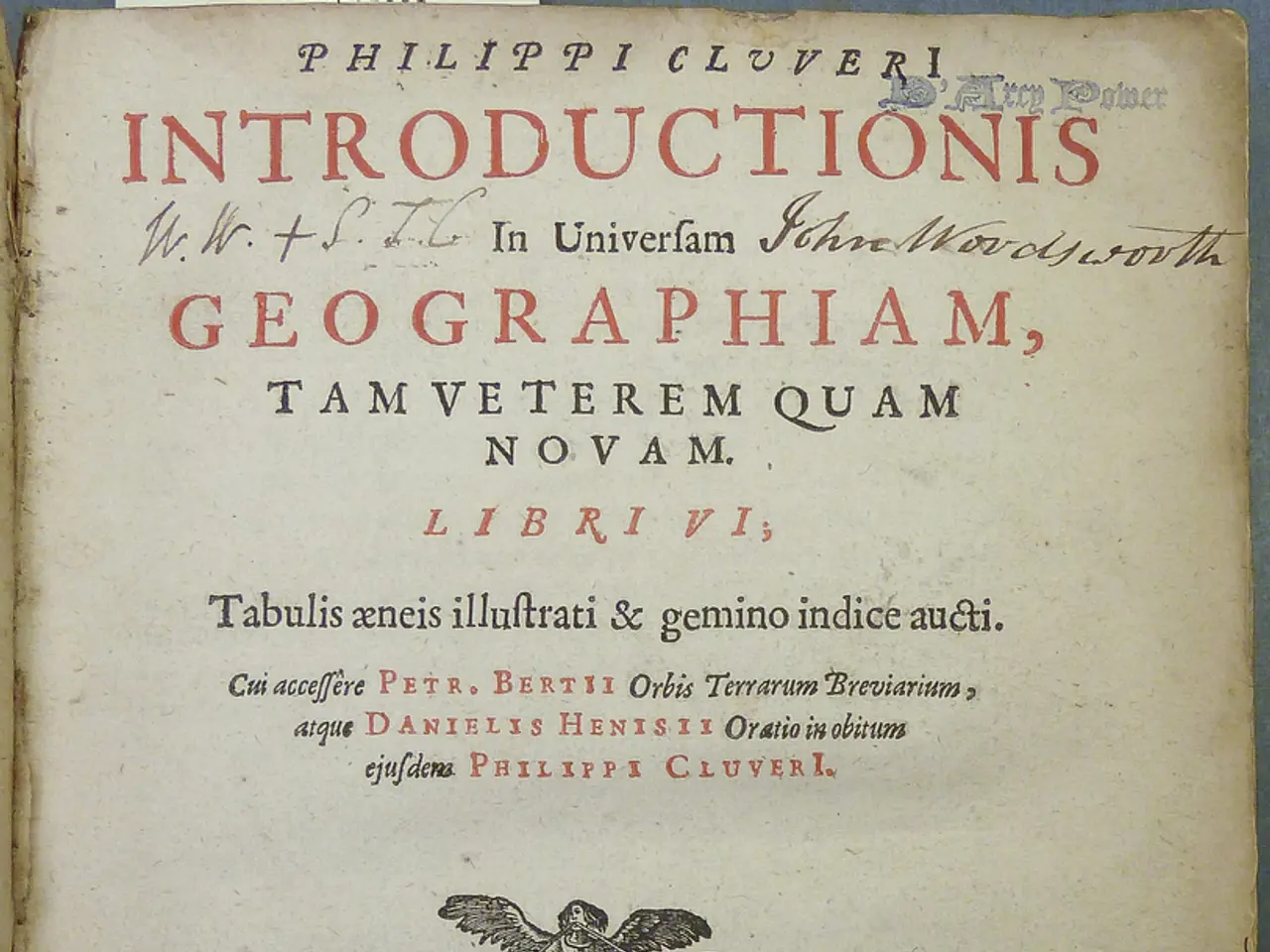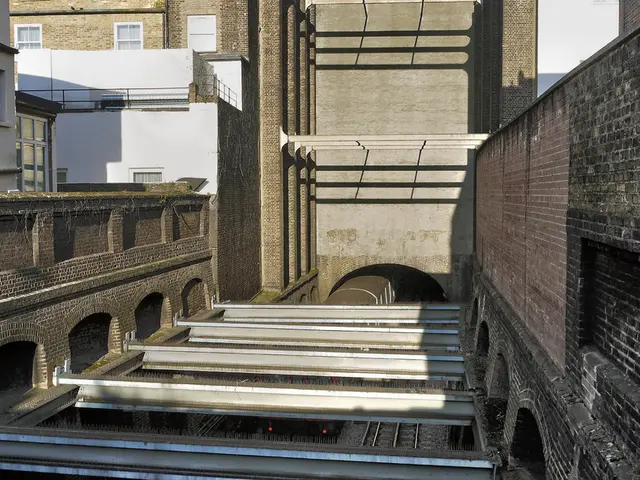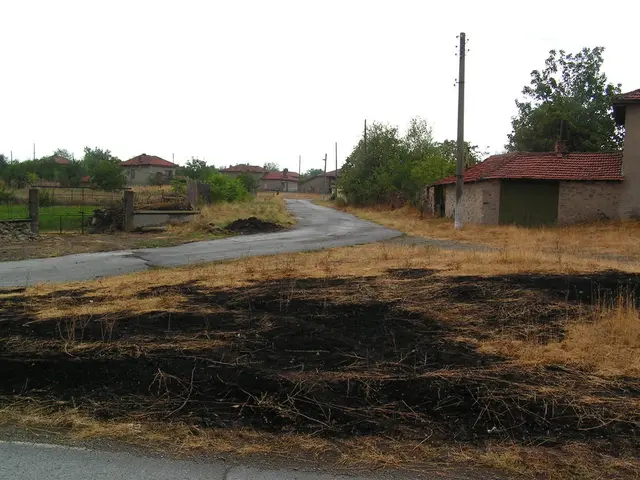Instructions for Composing a Cover Letter for a Graphic Design Position
In today's competitive job market, a well-crafted cover letter can make all the difference in securing a graphic design position. Here's a step-by-step guide on how to write a compelling cover letter that showcases creativity, communication skills, and company research.
**Step 1: Introduction**
Begin your letter with a hook that showcases your passion for graphic design and work ethic. For instance, you might share a personal anecdote or achievement related to your field. Following this, clearly state why you are interested in the company, referencing specific aspects of their mission or values that align with your own.
**Step 2: Body Paragraphs**
Describe a project where you had to think creatively to solve a problem or meet a design challenge. Highlight your thought process and how it led to innovative solutions. Mention a situation where you effectively communicated your design ideas to a team or client, resulting in successful collaboration or positive feedback. Show that you have done your homework by mentioning a specific project or initiative the company has undertaken that resonates with your design style or interests.
**Step 3: Building a Connection**
Tease a standout piece from your portfolio that showcases your style and creativity. Add a personal touch by mentioning how your design philosophy aligns with the company's aesthetic or values.
**Step 4: Conclusion and Call to Action**
Summarise your key strengths and reiterate your enthusiasm for the role. End with a clear and compelling call to action, expressing your eagerness to discuss how your skills and creativity can contribute to the company.
To illustrate, consider the following example of a body paragraph:
"I approach design challenges with a problem-solving mindset, which was evident in my recent project for [Previous Company]. By observing customer engagement patterns, I developed a meme-style content strategy that increased organic shares by 65% and reduced CPC significantly. This campaign not only showcased my creativity but also demonstrated my ability to analyse user behaviour and adapt marketing strategies accordingly. I believe this skillset aligns well with [Company Name]'s innovative approach to visual storytelling."
By incorporating these elements, your cover letter will effectively showcase your creativity, communication skills, and research on the company, making it a compelling read for hiring managers.
When writing your cover letter, remember to include measurable achievements to set you apart from other candidates, and to personalise your letter by mentioning specific details about the company. A professional tone and a layout that reflects your design skills are also essential.
Good luck with your job application!
- In my leisure time, I enjoy exploring fashion-and-beauty trends and experimenting with different styles, which I believe complements my creativity in graphic design.
- On weekends, I delve into home-and-garden projects, finding inspiration in observing design solutions that harmonize aesthetics and functionality, skills that I employ in my graphic design work.
- Dining out allows me to appreciate food-and-drink pairings, an experience that fosters my ability to create visually appealing and delectable designs that resonate with users.
- Pursuing education-and-self-development is essential for me, and I continually seek new knowledge in relationship dynamics, as understanding people better helps me to communicate my ideas more effectively in collaborative projects.
- For personal growth, I invest in career-development resources, enhancing my professional skills and competencies in graphic design. I also frequently engage in shopping for design assets and resources, supplementing my creative toolkit to better serve my clients.




